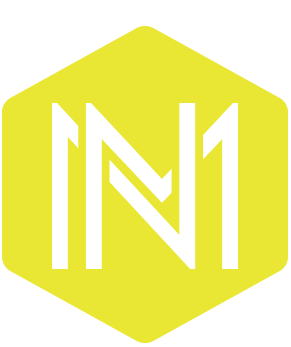There are two categories of freelancers and knowing how to spot the difference between the two will help you make the best decision when looking for some help. Temporary freelancers are just what the name implies, they may be currently transitioning between jobs, trying to make some extra cash on the side or freelancing as a hobby as projects pop up. This type of contractor might not be the best fit for you if you're looking for someone who's going to be reliable and with you for the long haul. The other type of freelancer is the career freelancer, this type of worker is going to be the best fit if you're looking for reliable talent who will be there indefinitely to help you with your business, below are 5 ways you can spot a career freelancer.
1 - They work regular business hours
Not all career freelancers work exactly 9-5, but they should be keeping somewhat regular hours and you should have a good idea of when they will be available. If you're constantly playing phone tag, they're getting back to you days or weeks later and at odd hours, they might not be as dedicated as you are. Asking what their typical availability is should get you the answers you need.
2 - They treat their business like a business
Career freelancers usually have a great website that is a bit more robust than a typical portfolio style site that one would use for getting a job. You shouldn't see a resume, but you should see some recent work, some awards, a great bio, a services page, etc. They will also have some great branded materials, and have a distinct process for how they do things.
3 - They have a lot of experience
You can see from a portfolio the type of work they do, but talking to someone you should be able to get a deeper understanding of their level of experience. Have they been hired by big companies and have a history of challenging and varied work? Have they been freelancing for more than a few months? Have they ever worked on a project similar to the type of project you're needing to have done? How did it go? What were some challenges, how were those solved? A good career freelancer will be able to easily navigate challenging situations and working with difficult clients.
4 - You sometimes have to wait
Career freelancers are not always readily available, especially to new clients. Often times, you will have to wait a week or sometimes even a month for a project to kick off. While this can be irritating, it should be comforting to know they have lots of work and are dedicated to completing their existing projects before taking on more.
5 - They don't take every project or every client
Good career freelancers typically aren't desperate for work. They have a solid list of happy repeat clients and a flowing pipeline of work. They also know what types of clients and the kind of work that's a good fit for them. When you're a freelancer, potential clients propose all kinds of projects, which may be in or outside of your wheelhouse, a good freelancer only takes on projects and clients where they know they can shine and be successful. A career freelancer will be interviewing you the same way you'll be interviewing them, they'll ask a lot of questions about you and your project before saying yes.
Temporary freelancers are certainly great for certain types of work but if you're looking for a career freelancer who will be there for your business a year or 5 years into the future, these are some good ways to spot the differences.









